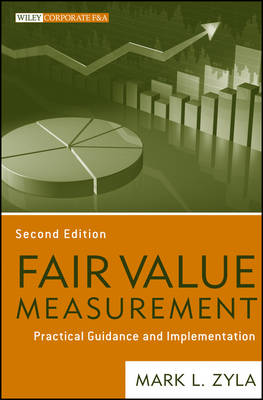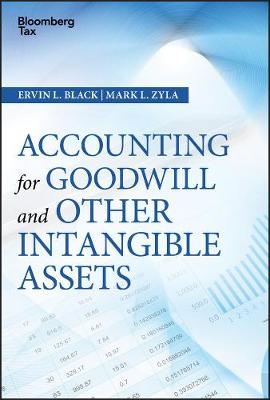Wiley Corporate F&A
2 total works
This is a critical area of valuations for financial reporting due to a false comfort given by routine application of evaluating models and assumptions without real possibilities of calibration. Mark Zyla offers an extraordinary help in understanding the reliability of the inputs and the outputs of the different methodologies and the inherent biases in each of them. The book is a precious support for better valuation both in U.S. GAAP and in IFRS fair value reporting." Mauro Bini, Full Professor of Corporate Finance, Bocconi University; Chairman, Management Board OIV (Organismo Italiano di Valutazione) Essential guidance on the fair value measurement process Now in a second edition, Fair Value Measurement: Practical Guidance and Implementation helps you succeed in understanding the fair value accounting rules that entities must follow. The result is a resource that you can rely on to understand the importance of valuation and the concepts that define it. In basic, nontechnical language, author Mark Zyla presents practical direction for best practices of financial valuation as well as for understanding the many FASB pronouncements involving fair value.
An essential guide for auditors and valuation specialists, Fair Value Measurement: Practical Guidance and Implementation, Second Edition brings you up to speed on what fair value really means.
Accounting for Goodwill and Other Intangible Assets
by Ervin L. Black and Mark L. Zyla
Accounting for Goodwill and Other Intangible Assets is a guide to one of the most challenging aspects of business valuation. Not only must executives and valuation professionals understand the complicated set of rules and practices that pertain to intangibles, they must also be able to recognize when to apply them. Inside, readers will find these many complexities clarified. Additionally, this book assists professionals in overcoming the difficulties of intangible asset accounting, such as the lack of market quotes and the conflicts among various valuation methodologies.
Even the rarest and most problematic situations are treated in detail in Accounting for Goodwill and Other Intangible Assets. For example, the authors analyze principles for identifying finite intangible assets and appropriately accounting for amortization expenses or impairment losses. Using the information in this book, the results of these calculations can also be reported with precision on financial statements. These topics are especially important for ensuring the success of any asset acquisition or business combination. In these special cases, the utmost accuracy is essential. This book provides:
- Rules for identifying and recognizing intangible assets in business combinations and asset acquisitions
- Guidance on the accurate valuation and carrying amount calculation of acquired and self-created intangibles
- Tips for overcoming the challenges unique to intangible assets, including impairment testing
- Clear instructions for disclosing intangible assets, goodwill, and amortization expenses
Accounting for Goodwill and Other Intangible Assets is an indispensable reference for valuation students and specialists. Ervin L. Black and Mark L. Zyla provide thorough instructions for understanding, accounting for, and reporting this challenging asset class.

